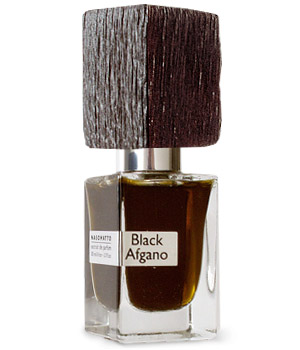Perfume on demand
The new trend of luxury are personalized fragrances for VIP customers.
Mathilde Laurent is the nose of Maison Cartier and was named to the “service tailored scents” custom perfumes that cost like a cruise in the Nile or a car. They are handmade on the customer, like a jacket, a jewel.
Meeting her clients, Mathilda uses the method of the words and let people, who have to choose their tailored scents, tell stories about their life with smells. The smell of the favourite cake, the smell of the house where they grew up, the perfume their mother wore, the souvenirs of summer travels.
If the nose of Cartier works with words, Guerlain uses a wooden box with pieces of cloth inside to caress, feathers, beads. Here who finds his/her fragrance plays on synaesthesia: to what does a smell look like? to a colour? Is is hot or cold, sharp or slow? On the theme chosen by the customer, olfactory nose works like on a musical composition: some people love the rock, the flowers, other people love Baroque music and woods.
At the end of this journey of initiation, that can last several months, Cartier offers customers a pack of a liter and a half, two Baccarast crystal bottles with the cap closed by a golden thread, a luxurious leather box and a luxurious bill: 60,000 euros. Guerlain prices are slightly lower.
But don’t worry: you can spend even less.
In Paris, a group of creative noses offers a similar service for less than 3,ooo euros. In Italy the Florentine Lorenzo Villoresi receives the clients and creates the scent into one day, so the cost is 1,000 euros.
Even more affordable (but always more expensive than commercial perfume) are personalized perfumes created by different, small and big, enterprises that sell their perfume on Internet: the customer has to choose the ingredients, to pay and the fragrances arrive at home in few days (www.perfumeondemand.it, for example).
An amazing example is that of “Via del Profumo“, a firm based in Rimini and specialized into creation of 100% natural perfumes. It has created an “Aromatic Bar“, a place, in the company placement, that allows guests to have their own custom fragrance composed in front of them by perfumer or his students. The guests receive complimentary bar of their own perfume that can be mignon, spray or roll-on of their choise.
Do you want a perfume really unique, really realised on yourself? You can use your DNA! At a stratospheric price, naturally. For Very Important People, naturally. For Michael Jackson, for example.
Although dead, the King of Pop continues to shine in the sky, so market has created Jacko, a perfume, but different from others. It isn’t the fragrance Jackson was working on before his death, but a way to speculate about his death. The perfume has been created with the DNA of Jacko and put into circulation by My DNA, an American company that uses hairs to make a perfume with DNA, the name of fragrance is “M”.
In all its various solutions, perfumery tailor is a new trend that has its reasons. The number of customers can afford it is limited, but it is just what the propaganda strategy requires. People have always considered perfumes as sacred and elitist, then the scents were democratized. In Italy 100,000 perfume bottles are sold every day, 500 new fragrances are launched every year, quickly replaced by others.
This is why large companies are trying to recall the lost luxury launching exclusive perfumes: Lancome, Hermes and Armani have edited limited editions, sold in selected boutiques (in Paris and Milan) as scents of excellence created by big noses with a palette of precious raw materials and a bit of magic mistery.
















































